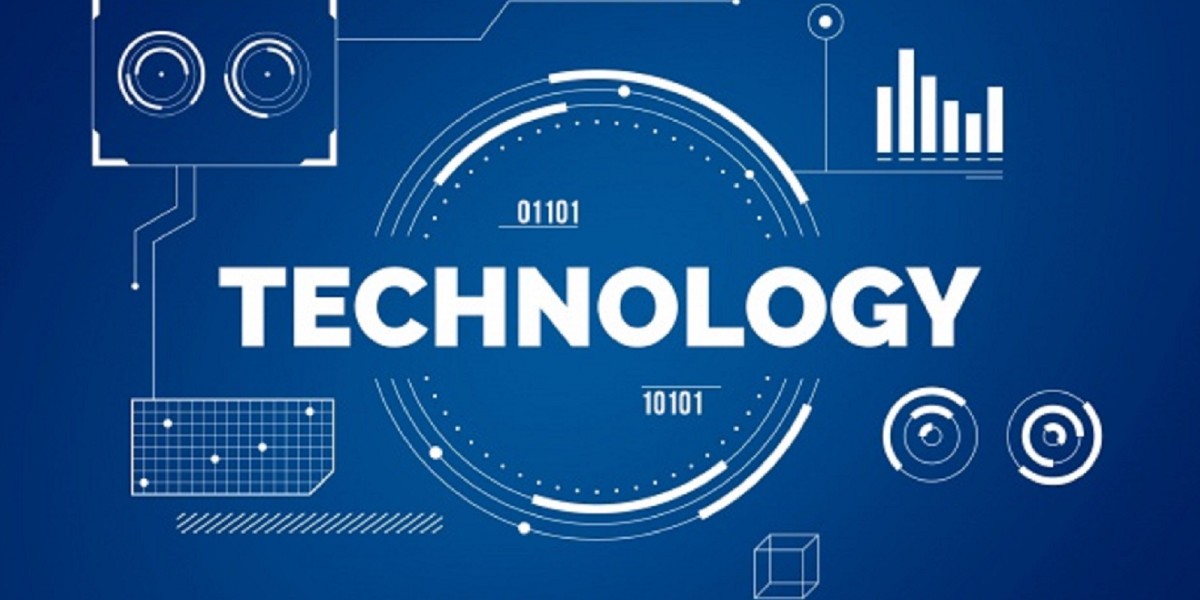As our planet faces unprecedented environmental challenges, the quest for sustainable solutions has never been more critical. Technological innovations are at the forefront of this movement, offering ways to mitigate environmental impact and promote a greener, more sustainable future. In this blog, we will explore seven groundbreaking sustainable technologies that are making a significant difference in our efforts to combat climate change and environmental degradation.
Renewable Energy Technologies
Solar Power
Solar energy is one of the most promising renewable energy sources. Advances in photovoltaic (PV) technology have led to more efficient and affordable solar panels. Innovations like bifacial solar panels, which capture sunlight on both sides, and perovskite solar cells, known for their high efficiency and flexibility, are pushing the boundaries of solar energy Efficiency.
Wind Power
Wind energy has also seen significant advancements. The development of larger, more efficient turbines has increased energy capture while reducing costs. Offshore wind farms, which can harness stronger and more consistent winds than onshore locations, are becoming increasingly prevalent, contributing to the growth of wind energy.
Hydropower and Ocean Energy
Hydropower, including small-scale hydroelectric systems and innovative technologies like wave and tidal energy converters, is harnessing the power of water to generate electricity. These technologies offer a reliable and sustainable energy source, particularly in regions with abundant water resources.
Energy Storage Solutions
Advanced Batteries
Energy storage is crucial for balancing supply and demand in renewable energy systems. Lithium-ion batteries have dominated the market, but new technologies like solid-state batteries and flow batteries are emerging. These advancements promise higher energy densities, longer lifespans, and improved safety.
Hydrogen Storage
Hydrogen is gaining traction as a versatile energy carrier. Innovations in hydrogen production, storage, and fuel cells are making it a viable option for storing excess renewable energy and powering vehicles and industrial processes with zero emissions.
Green Building Technologies
Energy-Efficient Buildings
The construction and operation of buildings account for a significant portion of global energy consumption and carbon emissions. Green building technologies, such as energy-efficient HVAC systems, LED lighting, and smart thermostats, are reducing energy use and enhancing comfort.
Sustainable Materials
Using sustainable materials like bamboo, recycled steel, and low-carbon concrete is becoming more common in construction. Innovations like 3D-printed buildings using eco-friendly materials are also on the rise, reducing waste and energy consumption in the construction process.
Green Roofs and Walls
Green roofs and walls, which are covered with vegetation, provide insulation, reduce the urban heat island effect, and improve air quality. These systems are being integrated into urban buildings to promote biodiversity and enhance the sustainability of urban environments.
Circular Economy Solutions
Recycling and Waste Management
Advanced recycling technologies are transforming waste into valuable resources. Innovations like chemical recycling, which breaks down plastics into their basic components for reuse, and automated sorting systems using AI and robotics are improving the efficiency and effectiveness of recycling processes.
Sustainable Packaging
The shift towards sustainable packaging is reducing the environmental impact of single-use plastics. Biodegradable and compostable materials, as well as reusable packaging solutions, are gaining popularity among consumers and businesses alike.
Product Lifecycle Management
Circular economy principles are being applied to product design and manufacturing, ensuring products are designed for durability, repairability, and recyclability. Companies are adopting take-back programs and remanufacturing processes to extend the lifecycle of products and reduce waste.
Sustainable Agriculture
Precision Farming
Precision farming technologies, including GPS-guided equipment, drones, and IoT sensors, are optimizing agricultural practices. These tools enable farmers to apply water, fertilizers, and pesticides more efficiently, reducing waste and environmental impact while increasing crop yields.
Vertical Farming
Vertical farming, which involves growing crops in stacked layers or vertically inclined surfaces, is revolutionizing urban agriculture. Using hydroponics or aeroponics systems, vertical farms can produce food year-round with minimal water and land use, reducing the carbon footprint of food production.
Regenerative Agriculture
Regenerative agriculture practices, such as cover cropping, no-till farming, and agroforestry, focus on restoring soil health and biodiversity. These methods enhance carbon sequestration, improve water retention, and reduce the need for chemical inputs, contributing to a more sustainable agricultural system.
Sustainable Transportation
Electric Vehicles (EVs)
Electric vehicles are at the forefront of the sustainable transportation revolution. Advances in battery technology are increasing the range and affordability of EVs. Additionally, the expansion of charging infrastructure is making it easier for consumers to transition to electric mobility.
Public Transportation
Investments in public transportation systems, such as electric buses and high-speed trains, are reducing the environmental impact of commuting. These systems offer efficient and sustainable alternatives to private car use, particularly in urban areas.
Shared Mobility
Shared mobility services, including bike-sharing, car-sharing, and ride-hailing platforms, are reducing the number of vehicles on the road. These services promote the use of sustainable transportation options and reduce traffic congestion and emissions.
Smart Cities
Urban Planning and Design
Smart city technologies are transforming urban planning and design to create more sustainable and livable environments. Integrated data systems, IoT sensors, and AI-driven analytics are being used to optimize traffic flow, manage energy use, and enhance public services.
Smart Grids
Smart grids are modernizing the way electricity is distributed and consumed in cities. These grids use real-time data and advanced analytics to balance supply and demand, integrate renewable energy sources, and improve the reliability and efficiency of the power system.
Water Management
Innovative water management technologies are addressing the challenges of water scarcity and pollution in urban areas. Smart irrigation systems, leak detection sensors, and wastewater recycling processes are improving the efficiency and sustainability of water use.
Conclusion
The intersection of technology and sustainability is creating exciting opportunities for a greener planet. From renewable energy and energy storage solutions to green building technologies and sustainable agriculture practices, innovative technologies are driving the transition to a more sustainable future. As these technologies continue to evolve and gain widespread adoption, they hold the promise of significantly reducing our environmental impact and fostering a healthier, more sustainable world.
By embracing and investing in these innovations, we can work towards a future where economic growth and environmental sustainability go hand in hand, ensuring a better quality of life for generations to come.



